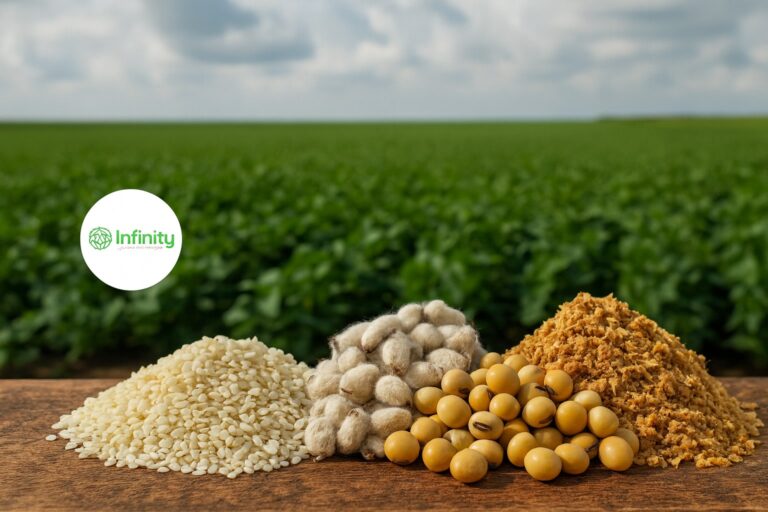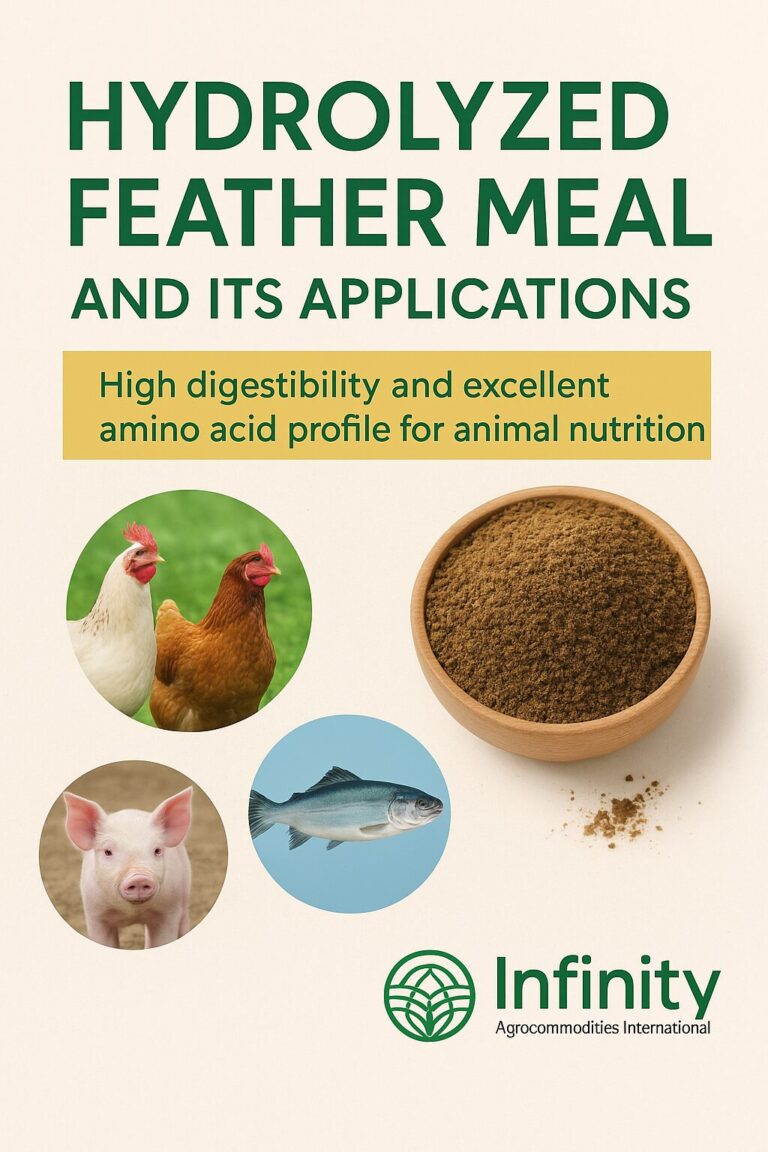Should you plant corn or soybeans first? University researchers are conducting trials across the Midwest in search of an answer.
Which crop excels and should be planted first: corn or soybeans? The only people who can say “both” are those who can plant them at the same time. Anyone else must make a choice on the first suitable planting day of spring.
Osler Ortez, Ohio State University Extension corn specialist, and Laura Lindsey, OSU Extension soybean specialist, devised a trial to test this concept, calling it Battle of the Belt. They even fashioned a logo with a wrestling-style belt to create interest. Recently, they gave farmers a peek at progress in second-year trials at Western Ag Research Station near South Charleston, Ohio.
“Based on one-year data, soybeans did better at the first planting date at this location than corn,” Lindsey said.
Ortez added,” It really depends on location and weather during the season. Earlier planting dates did well at two locations in 2023 — here for soybeans, and for soybeans and corn in northwest Ohio. May planting was better than April in northeast Ohio.”
2nd-year insights on planting date trials
Here is what the two researchers and Taylor Dill, a graduate student, had observed by mid-July:
Earlier planting date. “We were able to plant March 25 here, but not at the other two sites,” Lindsey said. “A freeze during the third week of April impacted soybeans at the vulnerable VE stage. Enough survived, however, that today the thicker populations look good.”
On July 17, soybeans planted March 25 were at R4 to R5. “They have moved back and forth because they keep putting on new growth,” Lindsey said. “The staging method is based on development in the upper part of the plant. The March 25 plants now have pods at R5 below and R4 at top.”
Dill noted that frost killed top growth for corn planted March 25. But because the growing point was below the ground, plants recovered.
Flowering. How early can soybeans flower? Lindsey said soybeans planted March 25 were flowering, entering R1, by May 28. These were early Group 3 soybeans. The same variety was planted at all five planting dates at all three locations.
“We expect maturity will still be reasonably close together, perhaps not much more than a week apart, despite the wide variation in planting,” she said.
Corn maturity. Ortez pulled ears from the earliest planting date to show visitors on July 17. “There were no ears to show for later plantings, like June 17,” he explained. “So, we dug a whole plant. It was still in the vegetative stage at V7.”
Ears from the first two corn plantings were already at R2, blister, and R3, milk, he said. At each planting date, four hybrids were planted, ranging from 100 to 115 days in maturity. “Within the first planting date, irrespective of maturity ratings, plants are all at R3,” he said.
How wet will the latest corn be at harvest? In 2023, moisture content for latest-planted corn was in the 25% to 30% range, Dill said. Earliest-planted corn was near 15%. “Harvest moisture must be considered when selecting maturities and planting dates,” Ortez said.
The search for which crop should be planted first, highlighted in the Battle for the Belt project, is expanding. Researchers in Indiana, Wisconsin and Tennessee are conducting similar trials this year.
Source: https://www.farmprogress.com/planting/midseason-check-on-battle-of-the-belt





